Is eating more stressful than pleasurable?
You’re not alone.
The GI Alliance estimates twenty million Americans suffer from chronic digestive diseases. Pain from such diseases often make eating unappealing– which leads to skipped meals, unintentional weight loss, fatigue, and nutrient deficiencies.
So how do you FUEL your body, even when it hurts?
Stay Positive.
Although a sunny disposition may sound annoying in the midst of pain, research shows that a positive attitude may reduce stress (which negatively impacts GI disease) and improve immune system functioning.
Put it into practice: Get outside for at least a few minutes each day. Fake a smile- you don’t have to pretend to be happy but the act of smiling improves mood. Seek out laughter; reframe negative thoughts, and avoid isolation.
Focus on Function.
Food can be a source of pleasure, a way to enjoy and build community, a way to celebrate or grieve, but in times of physical pain it is helpful to normalize and accept food is none of those things in that moment. When eating is a necessary chore, focus on efficiency– the more nutrients per bite = less bites to meet your needs!
Put it into practice: Try nutrient/energy dense beverages instead of plain water. Consider a supplement- but remember vitamins help avoid deficiencies but do not provide energy, so keep your calories/energy up. Aim for small meals and snacks with 2-3 food groups at each & consider pouches-yes those toddler fruit and veggie pouches can come in handy when trying to get nutrients in!
Conserve Energy for What Really Matters.
Family, friends, your job likely still need you even when your pain peaks- but your kitchen doesn’t. Lean into convenience foods- canned or frozen, and remember something is better than nothing!
Put it into practice: Stock up on prepared or packaged items that require little to no work on your end, consider a meal delivery service, in periods of pain reprieve make extra food and freeze for a time that you don’t feel up to cooking. Never turn down a meal train- people love to bring food when someone is in pain. By setting up a meal train you can specify any allergies or intolerances.
Experiment with Pain Relieving Foods.
Inflammation is a key contributor to pain. Including anti-inflammatory foods in your daily diet may help reduce pain over time.
Put it into practice: Use spices such as ginger, turmeric, or cinnamon; increase fruits like cherries, blueberries, and grapes; include foods high in omega 3’s like salmon, flax seeds, and chia seeds.
Ditch food rules and beliefs about good/bad foods and listen to your body.
Remember that nutrient deficiencies do not occur from missing one meal or snack- so try not to let food stress you out. Nutrition strategies for chronic pain are not one size fits all.
If you are struggling, know you are not alone and reach out to your team and a Registered Dietitian to develop a plan that works for you!
Including anti-inflammatory foods in your diet may help reduce pain over time:
Freeze Dried Blueberries (Pack of 2, 1.2 oz each)
Freeze Dried Raspberries (Pack of 2, 1.2 oz each)




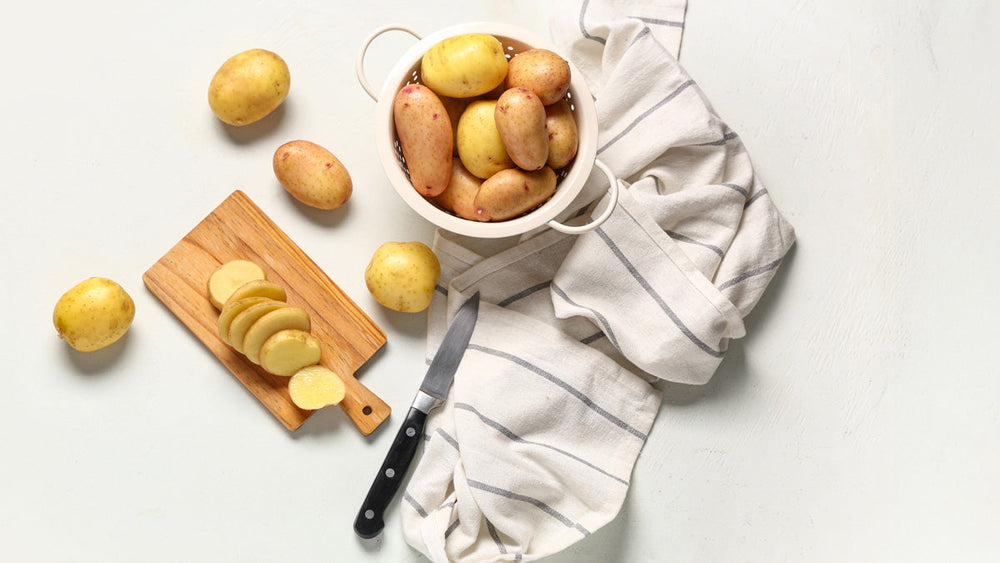

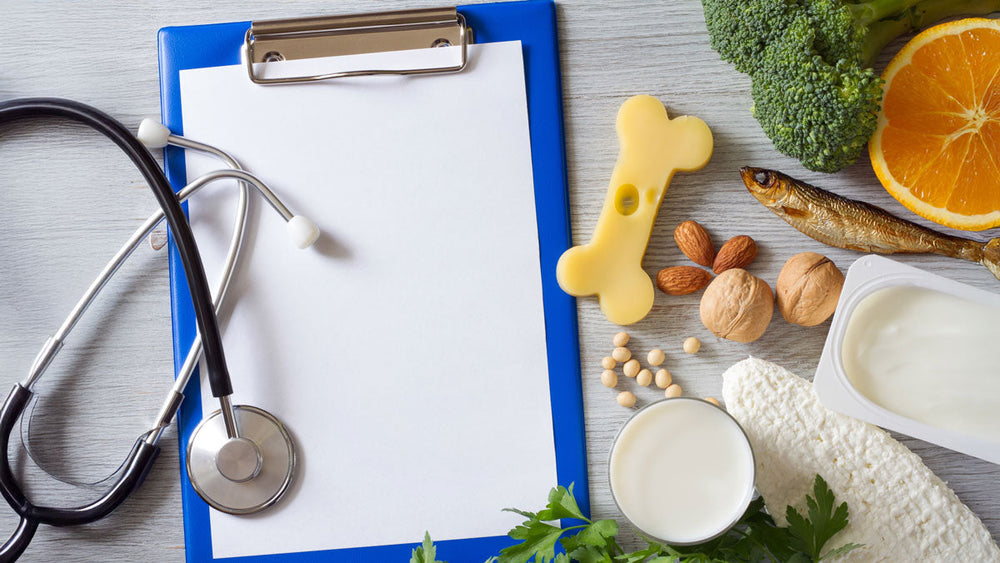

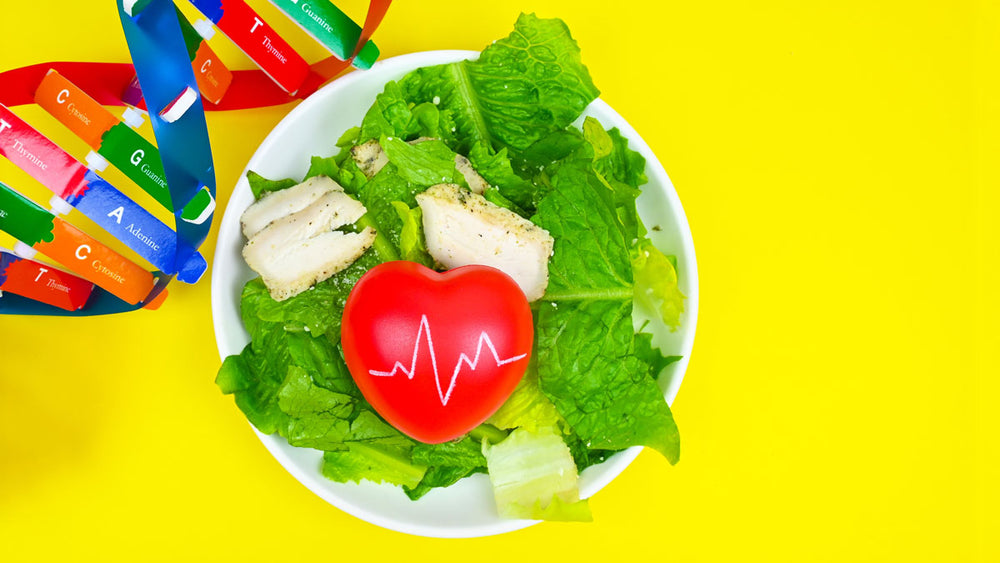

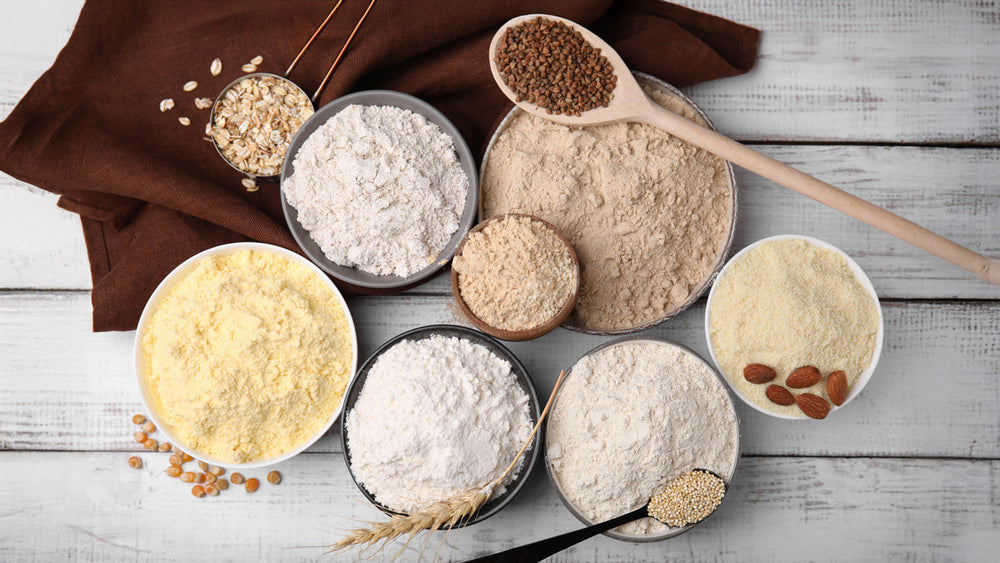
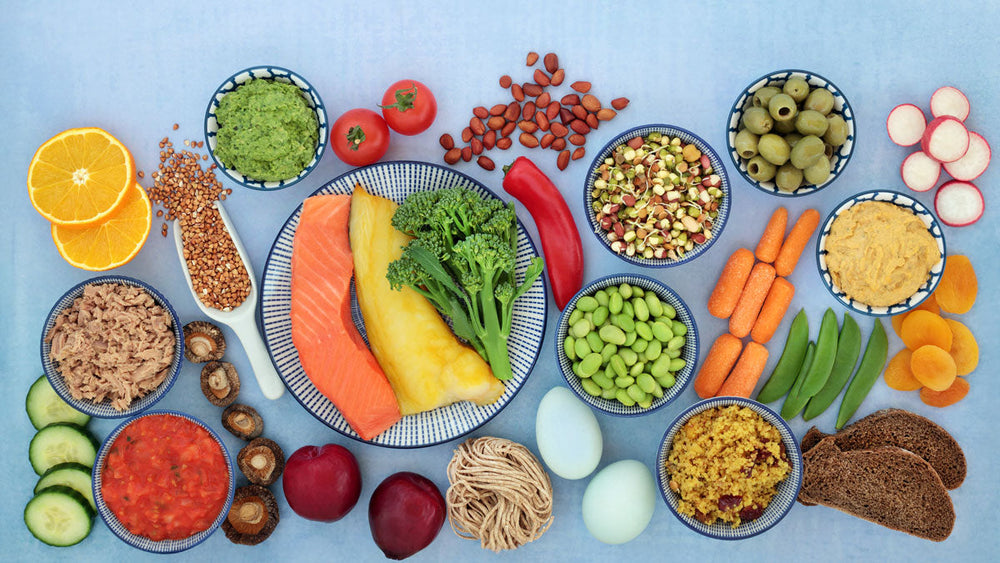







Comments
Join The Conversation...